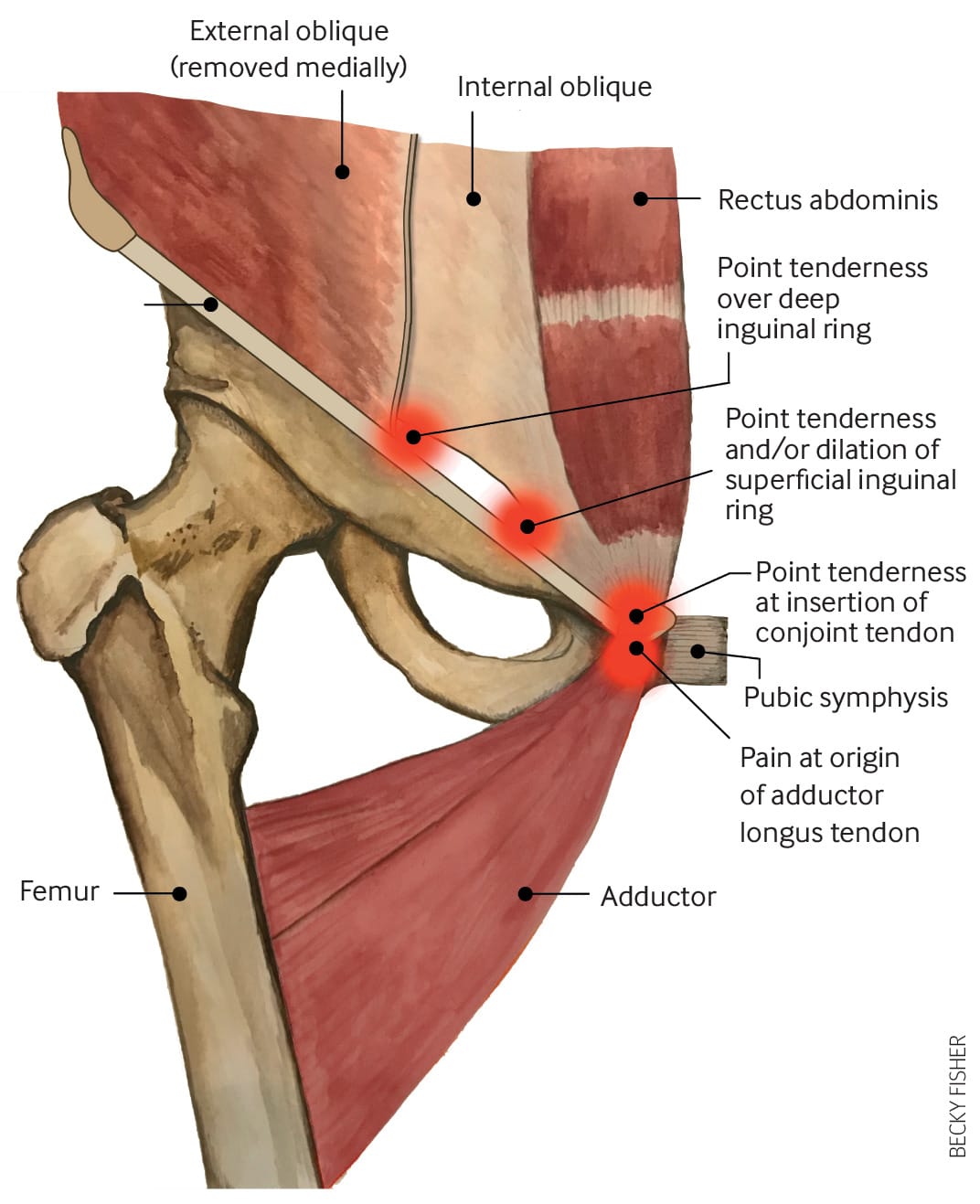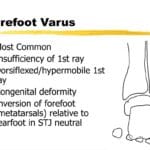Groin pain can affect people of all ages, stemming from various causes like injuries, muscle strains, or underlying medical conditions. If you’re experiencing groin pain, consulting a doctor for a proper diagnosis is crucial. This article provides a comprehensive guide to groin pain ICD-10 codes, the standardized codes used by healthcare professionals and insurance companies to categorize and document medical conditions. We’ll explore the different codes, their significance, and the importance of accurate coding for effective treatment and billing.
Understanding ICD-10 Codes for Groin Pain
Dealing with groin pain is uncomfortable, and navigating medical codes can add to the confusion. This guide simplifies ICD-10 codes related to groin pain. These codes are the standardized language used in healthcare for classifying diagnoses, facilitating communication between doctors, hospitals, and insurance providers. Accurate coding is essential for proper diagnosis, treatment, and insurance coverage.
What Are ICD-10 Codes?
ICD-10 codes are alphanumeric designations used in healthcare to categorize a wide range of health conditions. They are essential for organizing and tracking medical information, impacting diagnosis, treatment planning, billing, and research. The current version, ICD-10-CM (Clinical Modification), is used in the US and provides greater specificity than previous versions.
Key ICD-10 Codes for Groin Pain
Several ICD-10 codes may apply to groin pain, depending on the specific location and nature of the pain. The following table summarizes some of the most relevant codes:
| Code | Description | Potential Interpretation |
|---|---|---|
| R10.2 | Pelvic and perineal pain | Pain in the area between your hips (pelvis) and the area between your genitals and anus (perineum), which may include groin pain. |
| R10.30 | Lower abdominal pain, unspecified | Generalized pain in the lower abdomen, which could encompass groin pain if a more specific diagnosis isn’t determined. |
| R10.31 | Right lower quadrant pain | Pain in the lower right side of your belly. This might indicate groin pain, depending on the precise location. |
| R10.813 | Right lower quadrant abdominal pain | Similar to R10.31, offering slightly more detail, but a physician will determine the most appropriate code. |
| L02.224 | Cutaneous abscess of the groin | This code specifically indicates an infection or abscess in the groin area causing pain. |
Choosing the Appropriate Code
Selecting the correct ICD-10 code is crucial for accurate documentation. Using a general code when a more specific one exists can lead to confusion and potential issues with insurance claims. Here’s a quick guide:
- Right-sided groin pain: R10.31 or R10.813 are likely the most appropriate codes.
- Generalized lower abdominal pain including the groin: R10.30 is probably the best fit if a more specific diagnosis isn’t yet determined.
- Pain involving the pelvic area and perineum: R10.2 may be used if the groin pain is associated with pelvic issues.
Left-Sided Groin Pain
There isn’t a specific ICD-10 code solely for left-sided groin pain. If your pain is on the left side, your doctor will likely use the more general R10.30 (lower abdominal pain, unspecified) or another appropriate code based on the diagnosed cause.
Why Specificity Matters
Accurate ICD-10 coding is vital for several reasons:
- Clear Communication: It ensures all healthcare providers are using the same terminology, reducing the risk of misinterpretations.
- Effective Treatment: Precise coding helps guide treatment decisions and ensures the patient receives the most appropriate care.
- Accurate Billing: It allows for proper processing of insurance claims and reduces the likelihood of denied claims or delays in reimbursement.
- Meaningful Research: Accurate coding contributes to valuable data collection and analysis, which advances medical research and understanding of various health conditions.
- Public Health Surveillance: Tracking ICD-10 codes helps public health officials monitor disease trends and develop effective prevention strategies.
The 2025 ICD-10 Codes
The codes discussed here are from the 2025 edition of the ICD-10-CM, effective October 1, 2024. These codes are periodically updated to reflect advancements in medical knowledge and practice.
Differential Diagnosis: Uncovering the Root Cause
ICD-10 codes describe the location of pain, not necessarily the underlying cause. Your doctor will conduct a differential diagnosis, considering various possibilities, to determine the root cause of your groin pain. The final ICD-10 code should reflect the diagnosis, not just the symptom of groin pain.
Beyond the Code: Understanding Groin Pain
While ICD-10 codes are essential for classifying and documenting groin pain, it’s equally important to understand the condition itself. Groin pain can arise from various factors, including muscle strains, injuries, infections, hernias, and nerve compression. Seeking more information about gallbladder issues? Visit our website and give our blog a read.
Our gingerbread oat milk chai is a perfect way to relax as you learn more about groin health.
Ongoing research continues to explore the complexities of groin pain, suggesting that current understanding may evolve. Some experts believe that certain biomechanical factors and underlying medical conditions may play a role in increasing the risk of groin pain. Further research is needed to fully understand these connections and develop more targeted treatment strategies.
Patient Empowerment Through Knowledge
Understanding ICD-10 codes can empower patients to actively participate in their healthcare journey. By being familiar with these codes, patients can:
- Communicate more effectively with healthcare providers.
- Ensure accurate documentation in their medical records.
- Verify the accuracy of billing and insurance claims.
- Advocate for appropriate care.
While this article provides a comprehensive overview of groin pain ICD-10 codes, it’s essential to remember that each case is unique. Always consult with a healthcare professional for personalized advice and guidance. They are best equipped to diagnose your specific condition, determine the most appropriate ICD-10 code, and develop a tailored treatment plan. This information is for educational purposes only and does not substitute professional medical advice.
- Georgia Platform: A Southern Strategy, 1850s - March 31, 2025
- How many weeks is 40 days: Quick Conversion Guide for Accurate Results - March 31, 2025
- How many feet is 300 meters? 984 Feet: Understand Length Conversions Easily - March 31, 2025

















1 thought on “Groin Pain ICD-10 Codes (2025): A Comprehensive Guide”
Comments are closed.